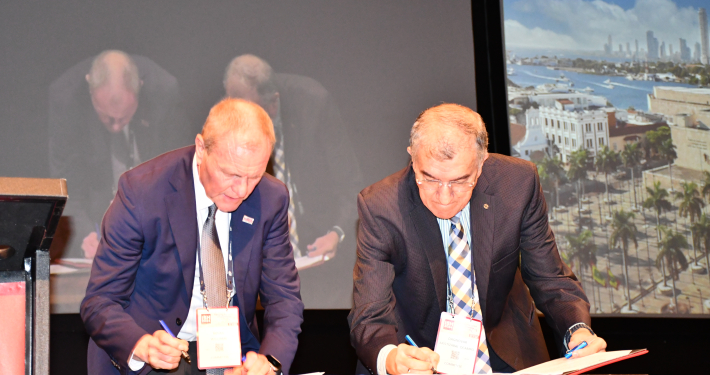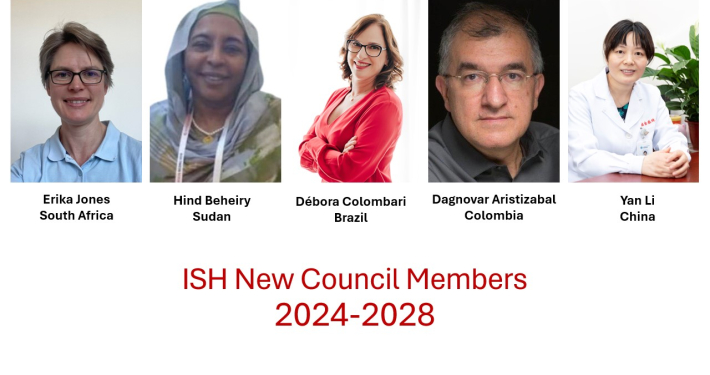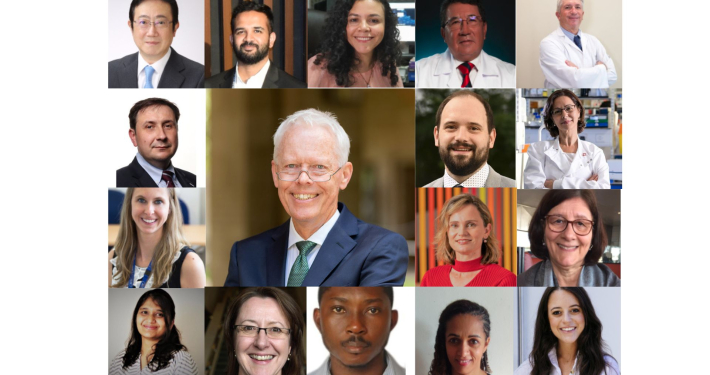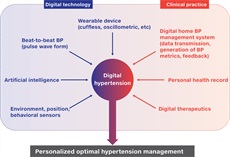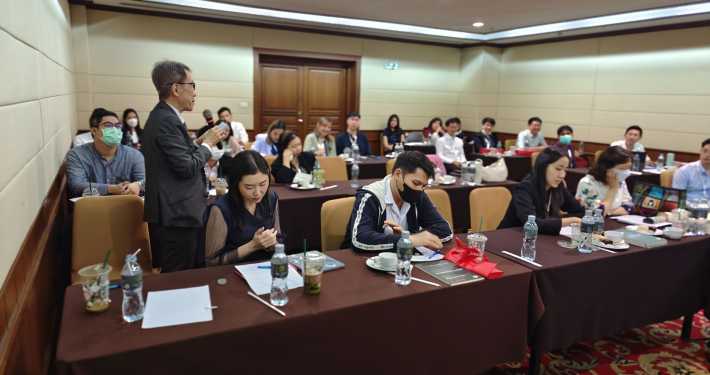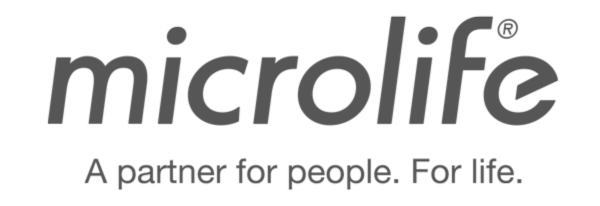Tell us about yourself.
I am currently a research fellow in the Cardiovascular Division at the George Institute for Global Health supervised by Associate Professor Clare Arnott. I completed my PhD in Cardiology at the Peking University in 2007 and experienced as Resident Physician, Attending Physician, Cardiologist, Interventional Cardiologist and Associate Professor at the Peking University Third Hospital from 2001 to 2018. I am also a recipient of the Australian Global Talent Program, an Emerging Leader Membership of the ISH, Conjoint Senior Lecturer at the University of New South Wales, and Honorary Senior Lecturer at the University of Sydney.
What are your research interests?
My research involves cardiometabolic disease prevention and management and commits to conduct high-quality research focused on salt reduction strategies, particularly in low-middle income countries. I led the Endpoint Adjudication Committee in the Salt Substitute and Stroke Study (SSaSS) and was the Principal Investigator in the Salt Substitute in India Study (SSiIS) – the first trial in rural India to assess the effects of salt substitute on blood pressure. Additionally, I have been accumulating strong experiences in translating research findings to impact clinical practice through CANVAS Program and CREDENCE trial. One of my publications “Effects of canagliflozin on myocardial infarction: a post hoc analysis of the randomized CANVAS Program and CREDENCE trials.” [Cardiovasc Res. 2022 Mar 16;118(4):1103-1114.] first evaluated the effect of sodium glucose co-transporter 2 inhibitor on myocardial infarction subtypes using individual patient data meta-analysis of the CANVAS Program and CREDENCE trial which are important hypothesis generating information to stimulate future mechanistic research on thrombus formation.
What are you working on right now?
Being a clinician-researcher, I am exploring more evidence to improve the treatments and management of the population with cardiovascular disease. One side is to promote the wide use of salt substitutes on a broader scale from clinical perspective. The other side is to provide powerful evidence to expand the awareness and application of SGLT2 inhibitors not only limited patients with type 2 diabetes but also with other comorbidities.
What do you hope to achieve in the field of hypertension over the next 5 years?
My goal in the next 5 years is to re-establish myself as an independent physician-scientist in Australia. I am keen to advocate the application of reduced-sodium added-potassium salt substitutions among patients with hypertension in low-middle income countries as well as those low-middle income people in Australia because this is a low-cost, effective and safe intervention to control blood pressure. Also, I hope to build up a continuously developing network to attract more early-middle career cardiologists in China to collaborate with medical scientists globally to ideally integrate resources and conduct large-scale clinical research in the field of hypertension.
What challenges have you faced in your career to date?
The biggest challenge to date is to start over everything in my middle age. My career trajectory in China was ascending and smooth. Being an adventurer I chose to leave and commence my career in a new country because I have a strong passion for clinical research. I am fortunate to have had the privilege to work with many mentors at the George Institute since my first days in Australia, such as Professor Bruce Neal who leads me in a promising salt world, and Professor Alta Schutte who provides me with the ISH platform. Particularly, Associate Professor Clare Arnott who provides invaluable guidance as well as Professor Gemma Figtree who brings me into the fantastic Australian clinical setting.
Which of your publications are you proudest of and why (please include paper reference)
The paper entitled “Effects of a reduced-sodium added-potassium salt substitute on blood pressure in rural Indian hypertensive patients: a randomized, double-blind, controlled trial” is my proudest one. Firstly, it is the first salt substitute intervention RCT to support the use of salt substitute for home use as a low-cost and practical intervention to reduce blood pressure among hypertensive patients in rural India. Secondly, it demonstrated my career transition from clinician to researcher through each step of RCT including project grant application, proposal development, project conduction and final trial result report. Importantly, it shaped my research spirit, team collaboration and critical thinking.
Yu J, Thout SR, Li Q, Tian M, Marklund M, Arnott C, Huffman MD, Praveen D, Johnson C, Huang L, Pettigrew S, Neal B, Wu JHY. Effects of a reduced-sodium added-potassium salt substitute on blood pressure in rural Indian hypertensive patients: a randomized, double-blind, controlled trial. Am J Clin Nutr. 2021 Jul 1;114(1):185-193. doi: 10.1093/ajcn/nqab054. PMID: 33782684.
What is your favourite manuscript from a lab other than your own?
I think it is the literature from Nancy J Aburto, Anna Ziolkovska, Lee Hooper, Paul Elliott, Francesco P Cappuccio and Joerg J Meerpohl titled “Effect of lower sodium intake on health: systematic review and meta-analyses.” published in BMI in 2013. This article should be one of those salt-related publications which impact me most because the findings provided strong scientific evidence that reduced sodium intake reduced blood pressure and lower sodium intake was also associated with a reduced risk of stroke and fatal coronary heart disease in adults.
What are your passions outside of work?
My passions outside of work are exploring people with different cultural backgrounds and traveling the mysterious world.

